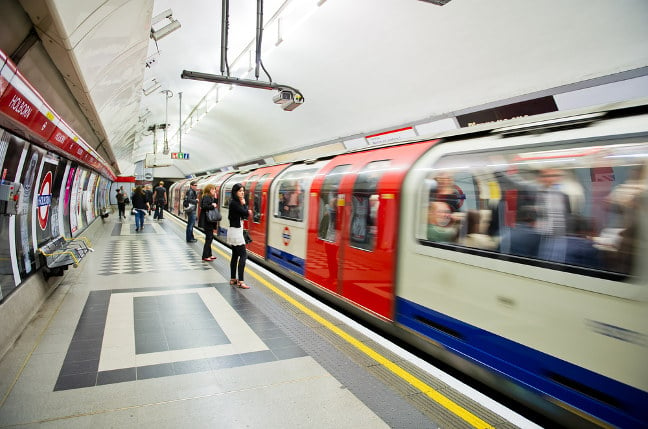Travel
Boffins work on fuel-efficient trajectories for space travel

Boffins at the UK’s Surrey Space Centre have devised a way of determining the optimal route for spacecraft that doesn’t require the engines to burn precious fuel.
The concept of shifting from one orbit to another without using fuel is not a new one. Engineers have turned to heteroclinic connections as a way of transferring a spacecraft between orbits without expending propellant. However, calculating these points presents a challenge, requiring either immense amounts of computing power or a human-in-the-loop to make an intelligent estimate that can be worked from.
In 2019, a paper was published, extolling the virtues of using artificial neural networks to identify heteroclinic connections.
The Voyager probes undertook the Grand Tour [PDF] based on a certain alignment of the planets that occurs once every 175 years. They used orbital mechanics and gravity assists to take in Jupiter, Saturn, and, in the case of Voyager 2, Uranus, and Neptune. However, the need to save fuel on missions closer to home has become a priority, thanks in part to NASA’s Artemis program.
While a direct moonshot is all well and good, planners want to cut down on the fuel needed for expeditions around the vicinity of the Moon, particularly considering that a substantial chunk of the Artemis program involves the construction of the Lunar Gateway in orbit around the Moon. Hence the need for fuel-minimal trajectories in the vicinity of the Moon.
It’s a variation of the classic three-body problem. One body is the spacecraft itself, while the other two are the Earth and the Moon. Yet calculating a trajectory to travel from point A to point B while using minimal fuel, thanks to heteroclinic connections, is no easy task.
The approach published by Postgraduate Research Student Danny Owen and Lecturer in Orbital Mechanics Dr Nicola Baresi this week uses knot theory, an area of mathematics. This is used to generate rough trajectories that can then be refined, effectively giving space agencies a variety of possible routes from a specific orbit.
Owen said: “Previously, when the likes of NASA wanted to plot a route, their calculations relied on either brute force or guesswork.
“Our new technique neatly reveals all possible routes a spacecraft could take from A to B, as long as both orbits share a common energy level.
“This makes the task of planning missions much simpler. We think of it as a tube map for space.”
The researchers have applied the technique to other planetary systems, including the Galilean moons of Jupiter, in addition to the Earth-Moon system. ®









